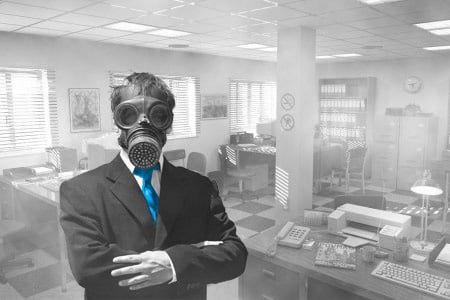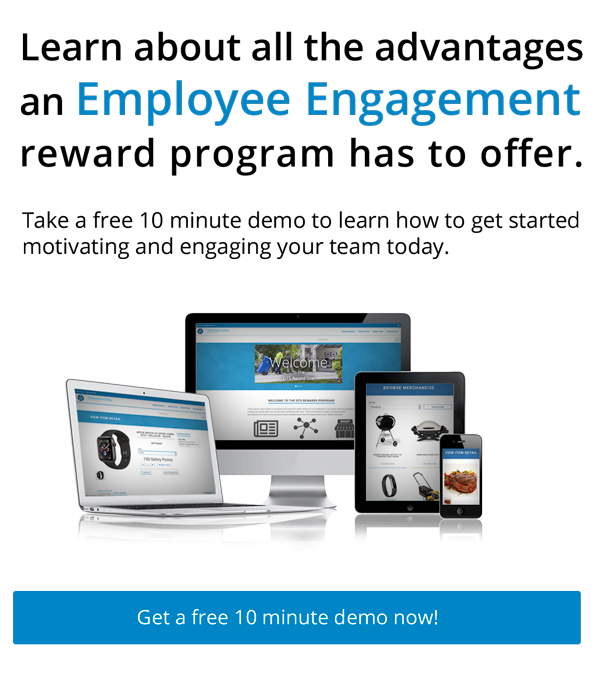
For the last several years, we’ve heard a lot of conversation around employee engagement, yet engagement scores have been dropping since 2007. According to a 2015 Gallup study, only 32% of U.S. workers are engaged in their work. Why is this important? Because companies with higher employee engagement outperform their competitors by over 200%. Without a formal employee engagement assessment, how can you determine whether your work environment is toxic?
8 Signs of a negative work environment
- Bullying is tolerated. Co-workers bully each other, or employees bully their direct reports into providing work product or meeting unrealistic expectations.
- Higher than industry absenteeism. It’s just too painful to go into work. Employees are taking or exceeding every possible vacation or sick day.
- Gossip abounds. There is little communication from management and so gossip is the main source of information. There are employee cliques and informal communication channels.
- Workaholic philosophy (I can work later than you….). How many times have we seen employees hang around until their boss leaves the office? Work-life balance and working efficiently is not valued.
- Unethical behavior from the top. Hard to respect your company leaders when you see them practice unethical behavior or sabotage competitors, etc.
- Militaristic/Dictatorial hierarchy. No “open door” policy here. Strict lines of communication with no invitation for employee feedback.
- No clear expectations, therefore, no recognition of accomplishments. It’s hard to know what you’re doing well when expectations are not outlined.
- Little and/or poor communication. A properly-designed employee recognition program can outline expectations and guide employees toward the preferred behaviors and productivity.
Screencloud reports in a 2016 study that the 5 factors that negatively affect employee engagement are:
- Manager effectiveness. Many managers are not born, they need to be trained – especially in the art and science of rewarding and recognizing employees.
- Feeling valued. On every list of motivating and engaging employees are employee reward, recognition and non-monetary incentive programs. Per the point above, it’s critical to train management in the execution of these programs. Hire a professional to help you design an effective employee program that will avoid unintended consequences.
- Benefits. Comparable or superior to others in your industry.
- Individual contribution. A well-designed employee recognition program can include both individual and team accomplishments.
- Trust in senior leaders. Those at the top must walk-the-talk. It has to be clear that top management believes in and supports the programs, and that employees are a valued asset to the company.
In our next post this month, we’ll discuss further how to create a positive corporate culture.



